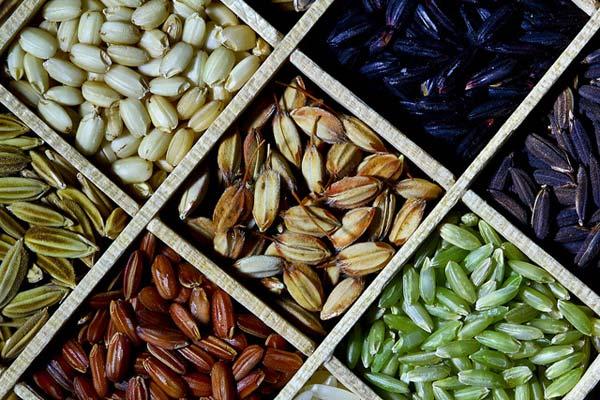The International Rice Research Institute (IRRI) has set a funding pact with nonprofit organization Crop Trust to conserve and secure the world’s largest rice collection. The agreement guarantees US$ 1.4 million per year for IRRI’s rice genebank in Los Baños, Laguna. The facility, which houses 136,000 varieties of rice, has been called the world’s “largest rice bowl.”
At present, an estimated three billion people all over the world consume rice every day, 515 million of whom hail from Asia. Experts project annual global rice consumption to rise from 450 million to 525 million tons by 2050.
Rice breakthroughs at IRRI
Scientists from both IRRI and across the globe use the samples in the genebank to develop more robust and resilient varieties of rice. To combat the impact of climate change in key rice-producing regions such as India, China, and the Philippines, researchers have been working on improved rice varieties that can withstand severe flooding and drought.

SUPER BOWL. IRRI’s Los Baños rice genebank houses numerous varieties of the staple crop. (Image: IRRI)
For instance, approximately 20 million hectares of rice land in Asia frequently suffers from flooding. Most rice varieties can only survive submergence for a few days. However, the IRRI-developed “scuba rice” can survive up to two weeks of flooding. Approximately five million farmers in India, Bangladesh, Nepal, Laos, the Philippines and Indonesia are already utilizing this variant. Meanwhile, researchers are adapting it for Africa, where rice demand grows at an annual rate of about 7%.
Also included in the IRRI collection are a number of wild rice species. Researchers studied these wild species to develop heat-tolerant, pest-resistant, and disease-resistant rice. They even formulated a variety that resists iron toxicity, which typically affects flooded, lowland rice areas.
Moreover, the IRRI genebank functions as a historical repository. Samples of IR8, the world’s first high-yielding rice, are kept there, as well as its ancestors and subsequent variants. Nicknamed “miracle rice” due to the role it played in saving Asia from famine in the 1960s and 1970s, IR8 was the fruit of IRRI researchers’ efforts to improve rice production in developing countries, including the Philippines.
To 2023 and beyond
Established in 2004, Crop Trust’s endowment fund provides “sustainable, long-term financial support to the world’s most important food and agriculture genebanks.” Via this fund, the agreement will cover the genebank’s integral operations from 2019 to 2023. Then, a second five-year period will take effect, factoring in any revisions in the genebank’s operational costs and overall business plans. Afterwards, renewal of the agreement will continue every five years.
Meanwhile, IRRI will assist five national genebanks in crop conservation by providing expert advice and guidance. The Los Baños genebank is one of 11 genebanks under CGIAR. Formerly known as the Consultative Group for International Agricultural Research, CGIAR is a research partnership focused on global food security. The CGIAR genebanks house millions of crop seeds from all over the world. Additionally, they distribute over 100,000 rice samples to farmers and researchers per year.

RAINING GRAINS. The funding pact between IRRI and Crop Trust will secure the future of rice research for the entire world. (Photo: IRRI)
The agreement will be inked on World Food Day, October 16, at the 5th International Rice Congress in Singapore.
Cover photo: IRRI
Reference
- http://irri.org/news/media-releases/the-world-s-rice-bowl-protected-in-perpetuity
Author: Mikael Angelo Francisco
Bitten by the science writing bug, Mikael has years of writing and editorial experience under his belt. As the editor-in-chief of FlipScience, Mikael has sworn to help make science more fun and interesting for geeky readers and casual audiences alike.







